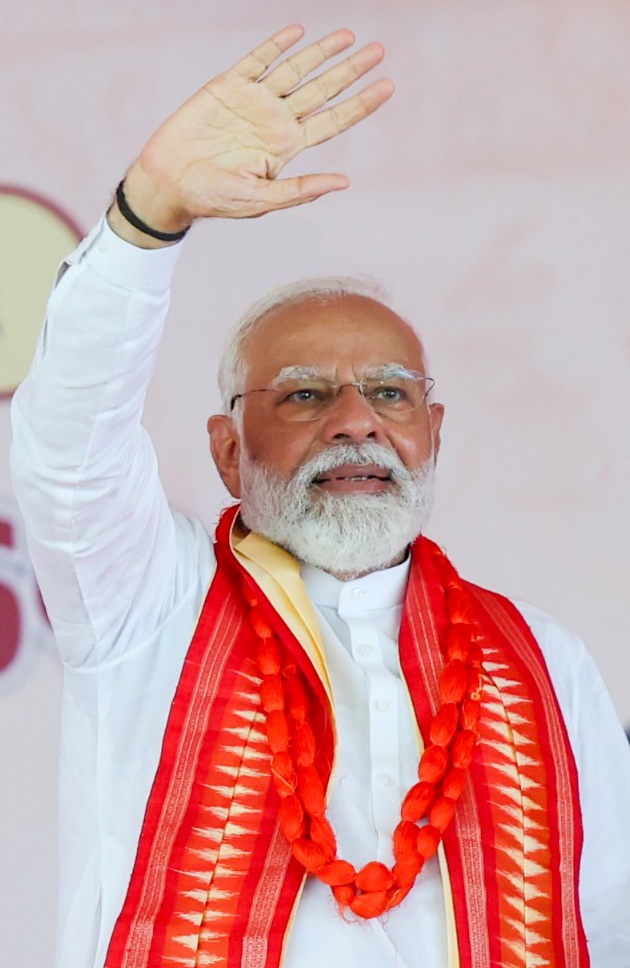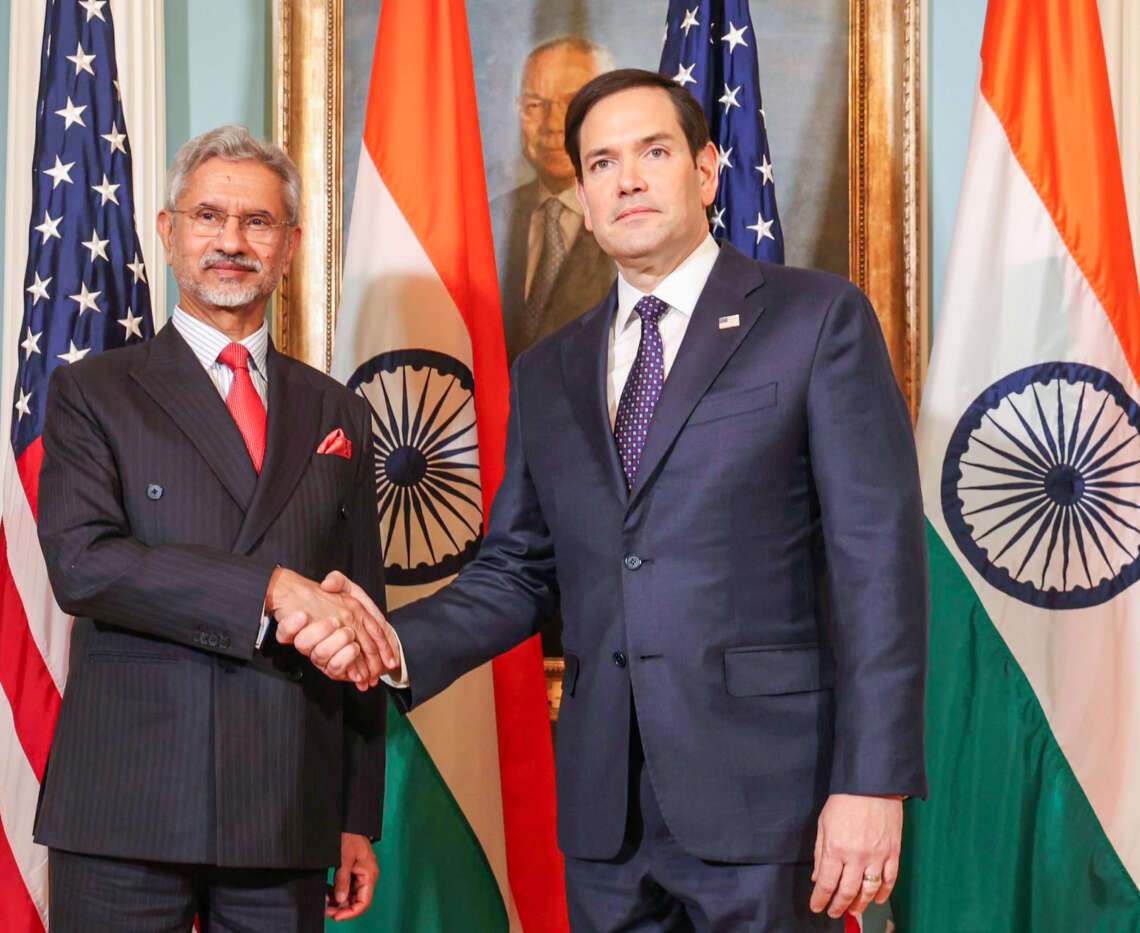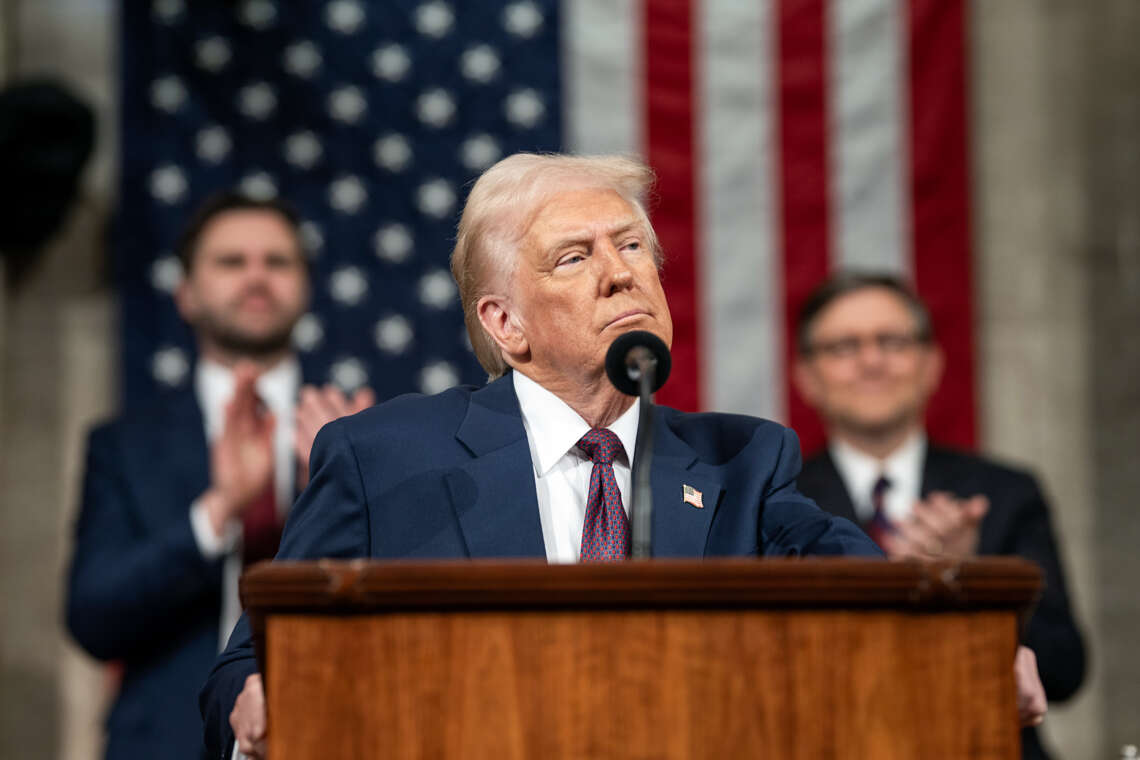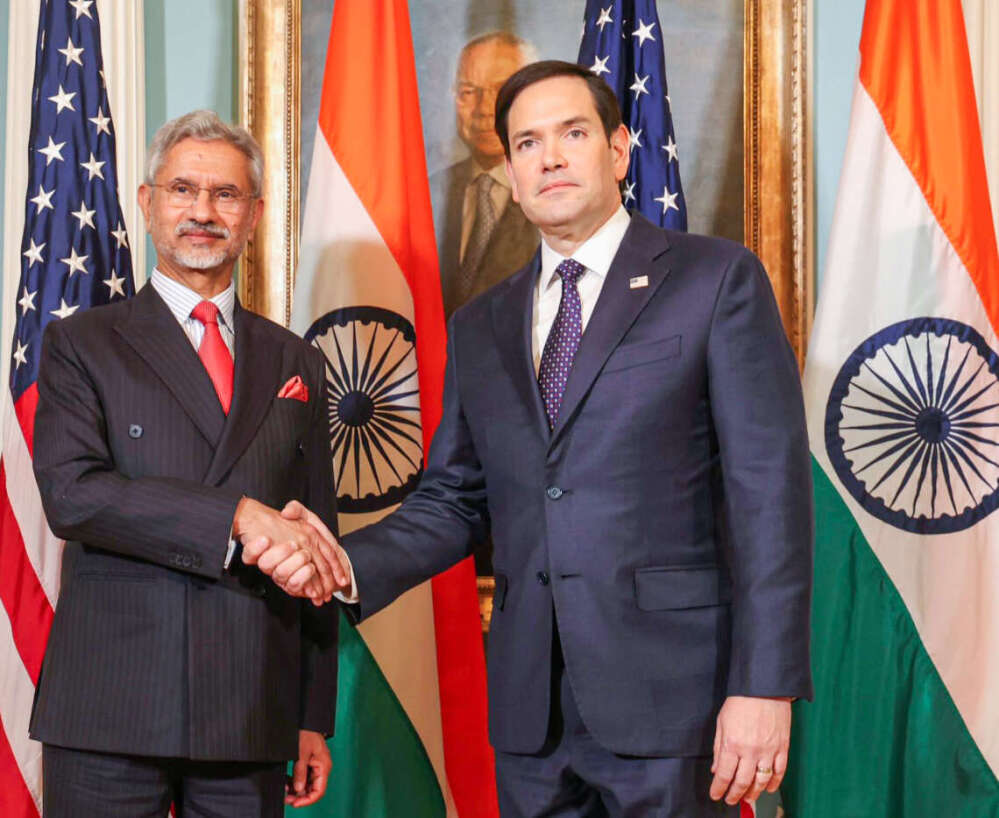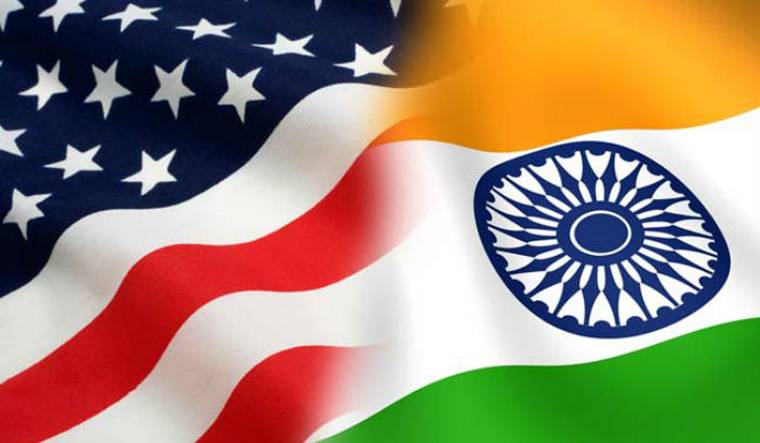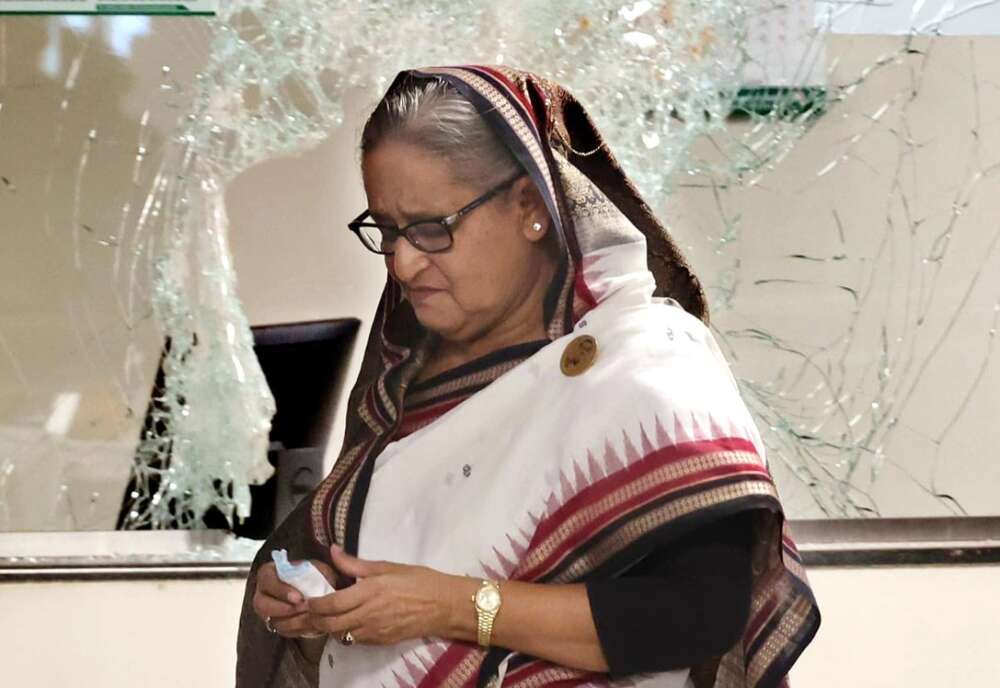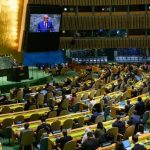Discussions need to begin, if they have not already, with the US side to work out what will be needed by India from the US to ensure that the PLA is defeated in its continuing assault on territory that belongs to India, writes Prof. Madhav Nalapat
CCP General Secretary Xi Jinping has sought to neutralise his foes of yesterday, the present and even future foes, i.e. those likely to turn against him when the economic situation in China worsens. This is similar to the approach adopted by Chairman Mao, especially during the Cultural Revolution, but different from that of his immediate predecessors, former General Secretaries Jiang Zemin and Hu Jintao. With rare exceptions, both adopted a lenient attitude towards those who opposed the line they adopted inside party fora. Both abided by the Deng Xiaoping principle of stepping down after two 5-year terms in the PRC’s most powerful job. Deng himself set an example by stepping down from state responsibilities during the close of his career, although retaining his influence over his former subordinates to the end.
Even earlier in his career, accelerating during the period when Hu Jintao was General Secretary, Xi had used the Anti-Corruption Campaign to pick off those who were uneasy or worse towards his taking over the party after Hu. Since 2015, once he settled into office after taking charge in 2012, Xi systematically eliminated loyalists of both Jiang Zemin as well as Hu Jintao from key responsibilities, including in the military. In fact, especially in the military, which has seen a personnel churn in its ranks not experienced since the 1960s. Unlike his immediate predecessor Hu, frequent visits are made by Xi to his offices in the Central Military Commission in Beijing, where he delights in talking to his generals and absorbing their world view. Which, not surprisingly, is devoid of any thought of compromise on what the PRC regards as its wish list concerning territory and primacy.
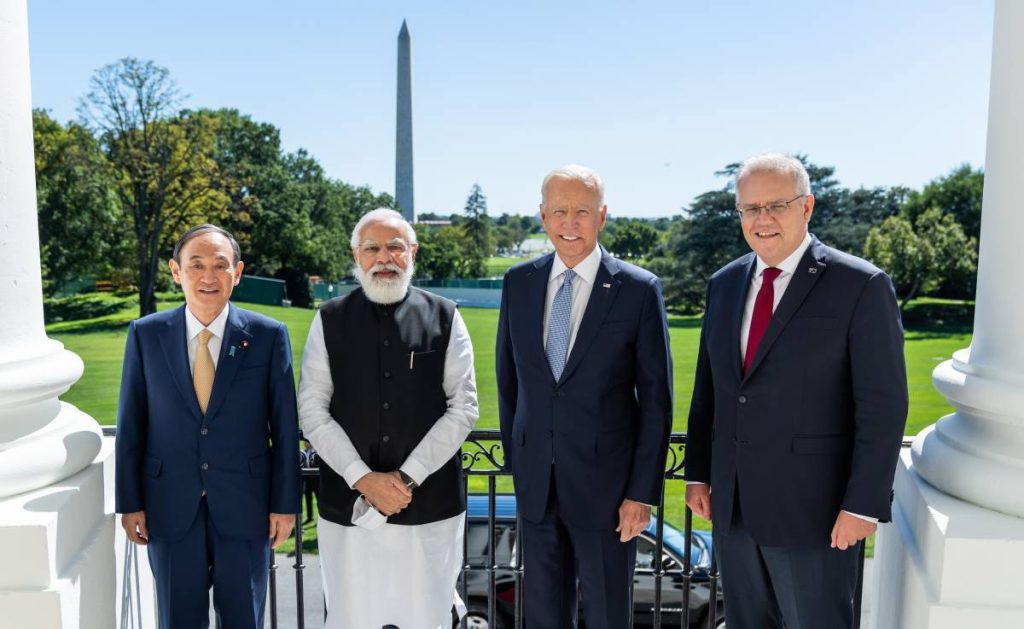
Both the Anti-Corruption Campaign and the PLA play the keystone role in the image-building exercises carried out for the CCP supremo, and while the first has been useful in cleansing the CCP leadership at central and provincial level of Jiang and Hu loyalists (or those who are less than fulsome in their appreciation and admiration for Xi), the PLA has emerged as the tip of the spear where much of Beijing’s external relations are concerned, especially with its neighbours but extending into other locations as well. The foreign policy of China has come to resemble the talk inside a military officers’ dining room, showing a lack of compromise and the promotion of maximalist goals, both attitudes favoured by the military.
The ambience sought to be created is that of constant struggle against a global coalition that is held to be seeking to slow down or entirely sabotage the rise of the PRC to global primacy, overshadowing the US and overawing its allies and partners. There has been an ostentatious testing of hypersonic rockets and the construction of hundreds of silos built to accommodate nuclear-tipped missiles (they would be a waste for just conventional missiles, that have a much more limited capacity for destruction, and which anyway have multiple other options to get launched). The effort is to (a) frighten into greater compliance target countries such as Taiwan or India, and (b) deter the US and the rest of NATO from coming to their assistance, should the PLA launch a kinetic attack on either.
CMC THREATS AGAINST TAIWAN
Although there are influential voices within Taiwan, especially in the KMT or in China-centred business interests, that claim that there is no possibility of the PRC going to war against Taiwan, the administration headed by President Tsai Ing-wen has taken the threats emanating from Beijing seriously, and so have both Tokyo as well as Washington, present-day Taiwan’s closest allies. While the focus has been on “big ticket” items such as fighter aircraft supplied by the US, even more effective may be a cluster of smaller, less expensive, defensive systems. These include sea and land mines, multiple drones (including the MQ-9) and stocks of precision munitions sufficient to inflict substantial casualties on an invasion force.
President Biden has not (as the China lobby in the US anticipated would happen) walked away from the Trump policy of increasing military support to Taiwan. A massive artillery supply program has been notified in August 2021 to the US Congress by the White House, a sign of its intent to ensure that Taiwan is well protected even where its domestic capability is concerned. The Biden team messed up in Afghanistan by going ahead with the disastrous Trump playbook of jettisoning the Afghan government and military and handing over the country to the Taliban in the manner that President Clinton did in 1996. On Taiwan, fortunately, its record has been more assertive, and is clearly being driven by far the largest bureaucracy in Washington, the Department of Defense (DoD).
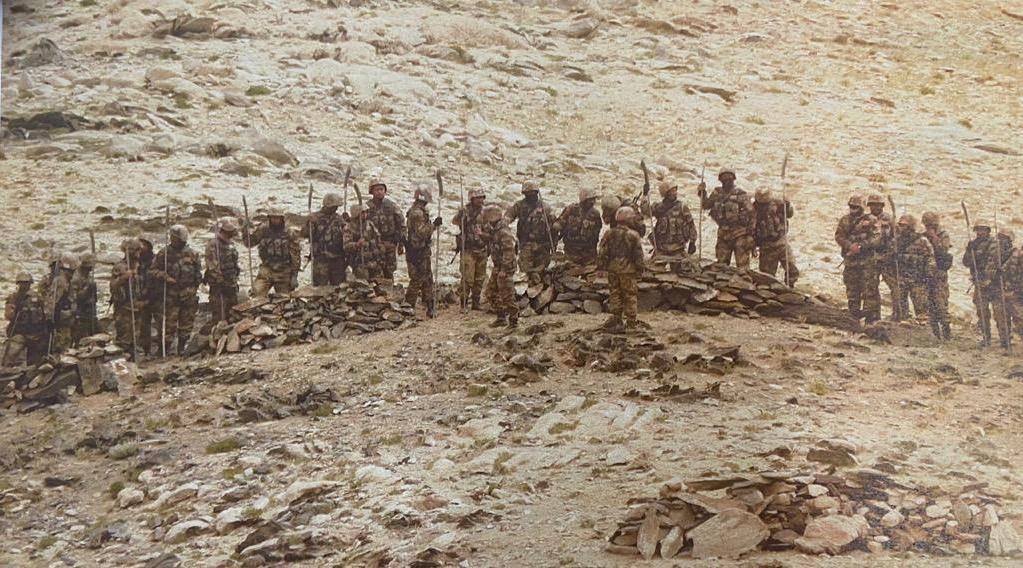
Personnel choices such as Laura Rosenberg and Ely Rattner indicate that in some matters at least, the Biden presidency will not be a repeat of the Obama years. The loss of Taiwan to the PRC would be a catastrophe for not just the US but every country intent on ensuring an inclusive, free and open Indo-Pacific, in the language of Prime Minister Narendra Modi. Another disaster for the US and its allies and partners would be the falling into CCP hands of much of the Taiwan semiconductor industry as well as the island’s other tech capabilities. Given the steady development of cyber and kinetic defensive capabilities under President Tsai, more likely than an all-out assault is likely to be a series of actions that (in the estimation of the CMC) will fall below the threshold that would invite US-Japan intervention. Such steps could be a temporary air and sea blockade of Taiwan, or the seizure of the small islands that are part of Taiwan, or both in tandem.
The effort will be to break the will of the Taiwanese government to resist an increasing transfer of authority from Taipei to Beijing. Given that the CCP leadership, now that different and dissenting voices have been almost totally eliminated from the councils of the General Secretary, appears to be functioning in an alternate reality mode, such a course of action—humiliating Taiwan and at the same time, scare away the White House from effective intervention—may seem attractive enough for Beijing to attempt. What the PLA leadership in its media-hyped triumphalism neglects to factor is the reality of escalation dominance that is still possessed by the US and Japan, and indeed by India and Australia in the waters of the Indo-Pacific.
Given that lack of US action in the advent of an effort by the PLA to humiliate Taipei would completely cripple expectations of US capabilities in defending its allies and partners (in the manner that the Afghanistan handover to the Taliban is having in much of the Muslim-majority world, it is almost ( a qualification that takes note of the essential pacifism of a US Commander-in-Chief who was even opposed as Vice-President to taking out Osama bin Laden in 2011) a given that the US will give a robust riposte to even such a “sub-critical” move by the PLA against Taiwanese sovereignty. This would include steps in the economic sphere, joined by the European Union. Such a move would be an economic disaster for the PRC and ultimately to Xi’s leadership.
At the least, he would be forced to name a successor, and function as a lame duck until he steps down. Despite such risks, a series of actions short of an invasion of the Taiwanese mainland is likely, given that the CCP leadership may calculate that a prolonged economic war would hurt the US and the EU as much as it would China, and would therefore not be attempted. In the very short run this may be right, but the spurt in decoupling of foreign companies from China that would follow such adventurism over a US partner in the East China Sea would ensure that in brief years, it is the PRC that will pay the price.

CMC TACTICS AGAINST INDIA
In the case of India, the CMC tactics are clearly designed to systematically attempt to encroach on Indian land and thereafter refuse to return, save for a few places where maintaining a prolonged troop presence is untenable. The PLA is building structures at speed along the Line of Actual Control (LAC) so as to be in a position to grab additional territory on the Indian side whenever possible. The belief in the CMC is that once the PLA’s presence is established in multiple parts of the LAC now in Indian hands, it would be very difficult for India to regain the lost land. Those in the Lutyens Zone who believe that talks and efforts at conciliation on India’s side can succeed in persuading General Secretary Xi to withdraw and stop further encroachment of land are themselves living in an alternate reality. Given the hard knocks that such a view has received especially since mid-2020, it is a surprise that there is still belief in such a track among some policymakers.
The Modi government must avoid the slow bleed that a reactive strategy entails. Only a non-proportional kinetic response by India to such a systematic effort at land grab by the PLA at different locations along the LAC where India has the military advantage would succeed in deterring the PLA from continuing further with its adventurism and force it to withdraw. To the long lines of communication on the Chinese side and lesser air force capability must be added the lack of acclimatisation of Chinese troops to the harsh weather along the Himalayas and their near-zero exposure in the past to actual combat.
However, even with such advantages on the Indian side, it would be essential to ensure a steady supply of smart weapons as well as boosting supply of artillery and other battlefield items. AUKUS needs to be AUKUS plus India and Japan. Intelligence from Quad partners (especially the US) about Chinese capabilities and plans, as well as data on targets and other assistance would be desirable in order to ensure that the Indian Army holds out until a knockout blow is delivered on the PLA rather than stop before this is done. Air and naval support would be essential, including the denial of sea lanes in the Indo-Pacific to PRC vessels until a cease-fire becomes tenable to the Indian side. Air-to-air, sea-to-air and land-to-air missiles, combined with precision munitions together with information exchange will be needed from the US.
Given this, it is a safe bet that thus reinforced, the Indian military will prevail over the PLA, an outcome that would result in a severe weakening of the position of General Secretary Xi Jinping within the CCP, even if he has sought to eliminate all the opposition that he identified as such. Relying heavily on the S-400 for theatre-wide air defences would be risky, given the exceptional closeness (and information sharing) of the Russian Federation with the Peoples Republic of China in the military and intelligence sphere. The US may ensure that India dodge the CAATSA bullet over S-400, sanctions that were gleefully seen as certain by the Sino-Russian alliance, but this will not stop the PLA from attempting a land grab sufficient (in the estimation of Xi) to give him enough oxygen to overcome the hostility of presently silent (but sullen) Jiang and Hu factions within the party.
Such unrest would be added to the growing dissatisfaction among Chinese citizens at the worsening economy, and captains of both state-owned and “private” business in the PRC are already uneasy over the manner in which their freedom of action (and in many cases, a substantial chunk of their wealth) has been eroded by General Secretary Xi. They have been cut to size in the General Secretary’s drive towards coordinating different segments of the PRC in furtherance of his plan to achieve primacy over the US and along the way inflict a humiliating defeat on India in the manner of 1962.
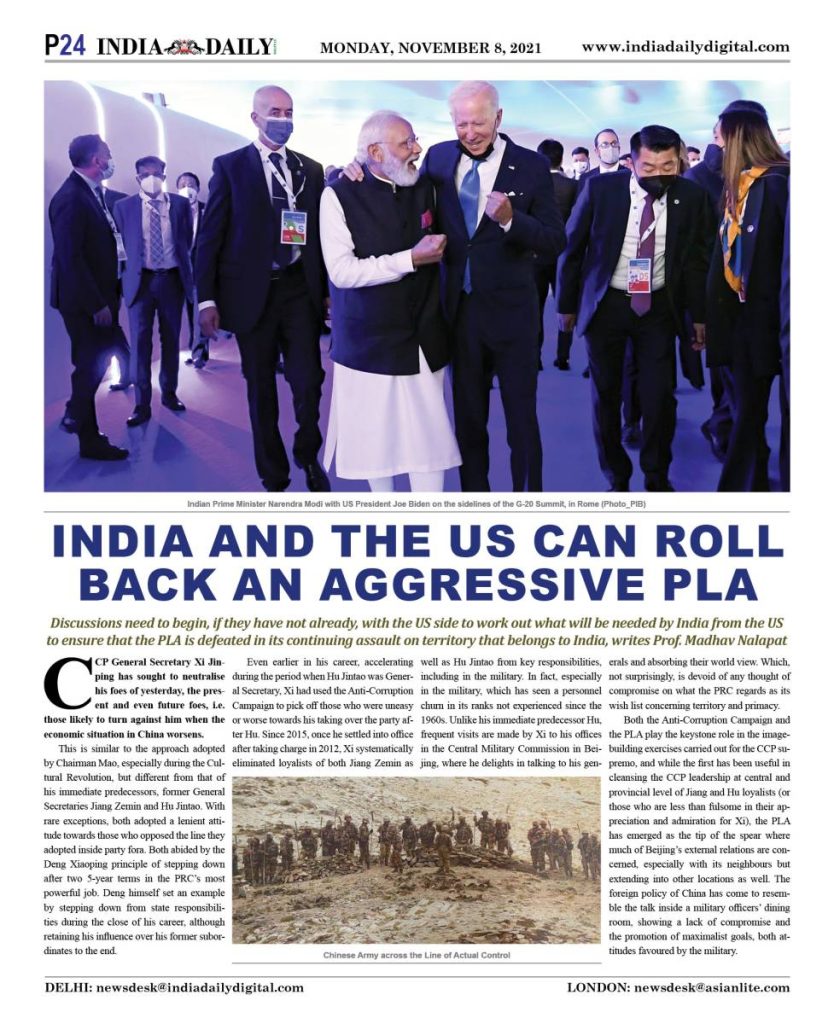
ACTION NEEDED FROM QUAD
Keeping the military perpetually mobilised in force on the LAC in efforts to prevent further PLA encroachment is an option that will result in a multiplication of costs for India, both human and financial. Discussions need to begin (if they have not already) with the US side to work out what will be needed by India from the US to ensure that the PLA get defeated in their continuing assault on territory that belongs to India. Rather than reacting all the time to PLA moves, it may be preferable to prepare and when needed carry out a sudden, sharp kinetic escalation on the border that would show to the Chinese side that their plan of land grab through a thousand intrusions will not work, and that the patience of India with such tactics is almost exhausted.
Discussions, and more importantly, action is needed from the other Quad members to prepare for the event of PLA aggression against India. The credibility of the US, not to mention NATO, is tied up with the success of Taiwan (and India) reversing 1962 along the Himalayas. The geopolitical fallout in China will be as substantial (in the other direction) as a victory by India for US credibility, something that has been in decline for some time. More and more analysts are claiming that the decline of the US vis-a-vis China is terminal and irreversible. These are the conclusions that are being sought to be created by Xi Jinping and those implementing his all-out drive for dominance. Prime Minister Modi can ensure that the Indian military show such an assessment by the PRC to be wrong.
This would be certain, were the world’s most populous democracy ensured support from the US in the manner that would end the conflict in a manner as would humiliate those in the CCP leadership who have fashioned a policy based on achieving supremacy no matter what the tactics used. A kinetic victory over the PLA by the Indian military would be the most effective means of checkmating such ambitions for a long time to come, and give India the breathing space needed to emerge closer to its full potential.



